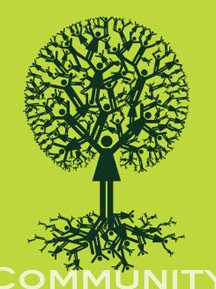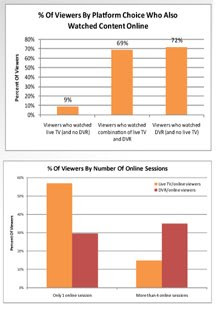
There is a fascinating post over at The Notorious R.O.B. that discusses some initial reservations with Todd Carpenter becoming the social media manager for the National Association of REALTORS. In the post, Rob Hahn describes those early reservations as associated with what he believed would be an impending shift from open communication to message control.
For the controversy over the MLS data and Google, I highly recommend the read. It's one of the most pressing issues in real estate today. However, this time around, I was reading the post for another reason all together. Hahn goes into some detail regarding message control and openness that seems to be a reoccurring conversation in social media.
"The overwhelming temptation for any company or organization that suddenly finds itself in the middle of a brewing (or full-blown) controversy is to lockdown message control. One person, typically the person in charge of Corporate Communication, speaks for the organization, and all inquiries are referred to that person. Behind the scenes, PR consultants, staff, lawyers, and other executives get into meeting after meeting to work out what will be said, how it will be said, and by whom. Once the message has been polished to a high gloss, it is put out to the world with extreme care."
Message control? Not really.
One of stories I like to share in my public relations class recounts how a local homebuilder initially reacted when a news station called after a handicapped woman complained that the homebuilder had violated the American Disabilities Act (ADA) after removing a ramp near a community mailbox near her home. The owners, who were on vacation, gave very clear instructions to their marketing manager.
"If the media calls, say no comment. If they come by, lock the doors."
Fortunately, the manager asked for support instead. Within a few minutes, all the details of what seemed like a pending news story were laid out on the table. The homebuilder hadn't done anything more than temporarily remove the makeshift ramp at the request of the city to meet municipal codes. The builder had notified the homeowner on three occasions. The homeowner would still be able to get her mail, with an access point just a little further away.
When the marketing manager followed up with the reporter, they agreed there wasn't a story.
"We ran an ADA story the other day, which typically invites call-ins. Most them aren't stories," said the reporter.
There seems to be a lot of confusion these days about what constitutes message control and message management and open communication. The reality is that open communication can be managed. It's just the simple matter of everyone having access to the facts, as they eventually did in the story above. And yes, that did require various professionals to lend their insight.
The point being that open communication can often be successfully managed without control or spin. It doesn't require manipulation as much as it requires all communicating parties have the same facts. In fact, if they did, I doubt management would be so worried about employee communication online.
The reality is that there is no message control and there never really was. Lately, it seems, social media is frequently blamed when otherwise good brands get put in a negative light. But brands were being put in a negative light long before social media. The only difference was that the writers were journalists (and sometimes they still are).
If there is any takeaway today, it's simply that message control almost always consists of hiding the truth or deflecting from the facts. Message management, on the other hand, is a form of open communication that works to ensure the facts are considered in lieu of erroneous opinions. In other words, intent helps sort out the difference between authenticity (which Seth Godin mistakes as consistency) and transparency.
In fact, if more people understood the basic tenets of public relations and communication, there would probably be far fewer social media fails. Well, maybe.





































